Turkish dolma with meat are easy to make and full of flavour! These dolmas are made with green peppers, bell peppers and tomatoes, with a filling inspired by the country’s Eastern parts. Great for dinner, starter or part of a meze spread.
This recipe was first published in my newsletter Meze.
What is dolma
Dolma most commonly refers to a dish of stuffed vegetables that’s common in Turkey and the Middle East. This can be any vegetable, but peppers, tomatoes, courgettes, aubergines and onions are among the most common.
The stuffing is most commonly a mixture of rice and bulgur together with herbs, spices as well as tomato paste, pepper paste and other flavourings.
Dolma may include meat or be vegetarian. Meat versions are usually a combination of rice or bulgur and minced beef. Vegetable versions are most often served cold.
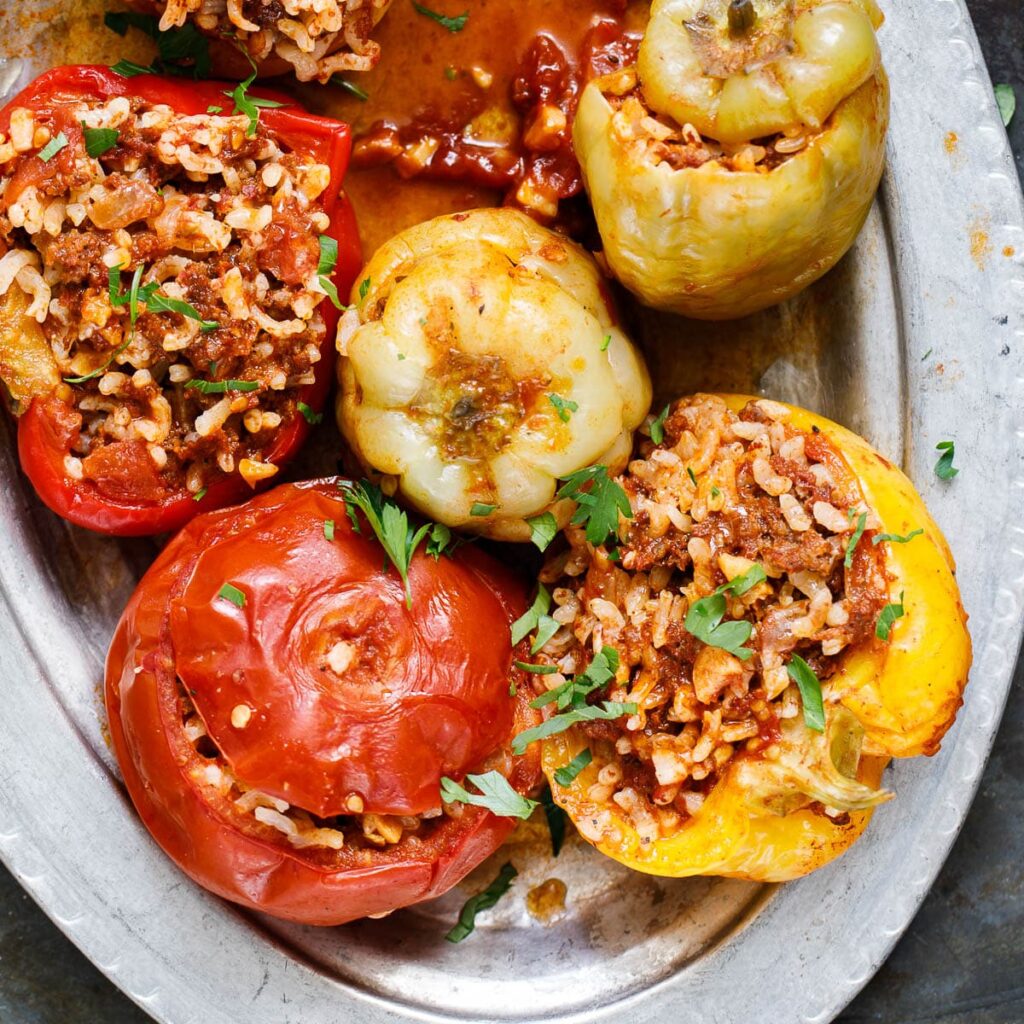
In Turkey, they make a distinction between dishes that are stuffed (dolma) and ones that are rolled, like vine leaves or chart. The latter are referred to as sarma.
To most of the rest of the world, both are dolma. In fact, many will think of stuffed vine leaves or cabbage leaves when thinking of dolma. A quick Google search for “dolma” confirms this. Most of the listings are indeed wrapped vine leaves.
In Turkey, both of these are sarma. However, some Turks also refer to sarma as a kind of dolma.
Where does dolma come from
Stuffed vegetables have been an important part of the cuisines around the Middle East since at least Medieval times, probably longer.
As such, it’s impossible to say who invented it. It’s been eaten by peasants and aristocrats alike for centuries.
The word itself is Turkish, meaning “stuffed”. This contrasts with the aforementioned sarma, which means “wrapped”.
Dolmas remain widespread in most places that were once part of the Ottoman empire.
Dolma in Turkey
Dolma is one of the most important dishes in Turkish cuisine. Turkish housewives often keep a batch of them in the fridge through summer, for family members to snack on in between meals.
In the Eastern parts of the country, dolma is often made from dried vegetables such as aubergine, tomato or hot chili peppers. These are then reconstituted in water and most often filled with a bulgur mixture.
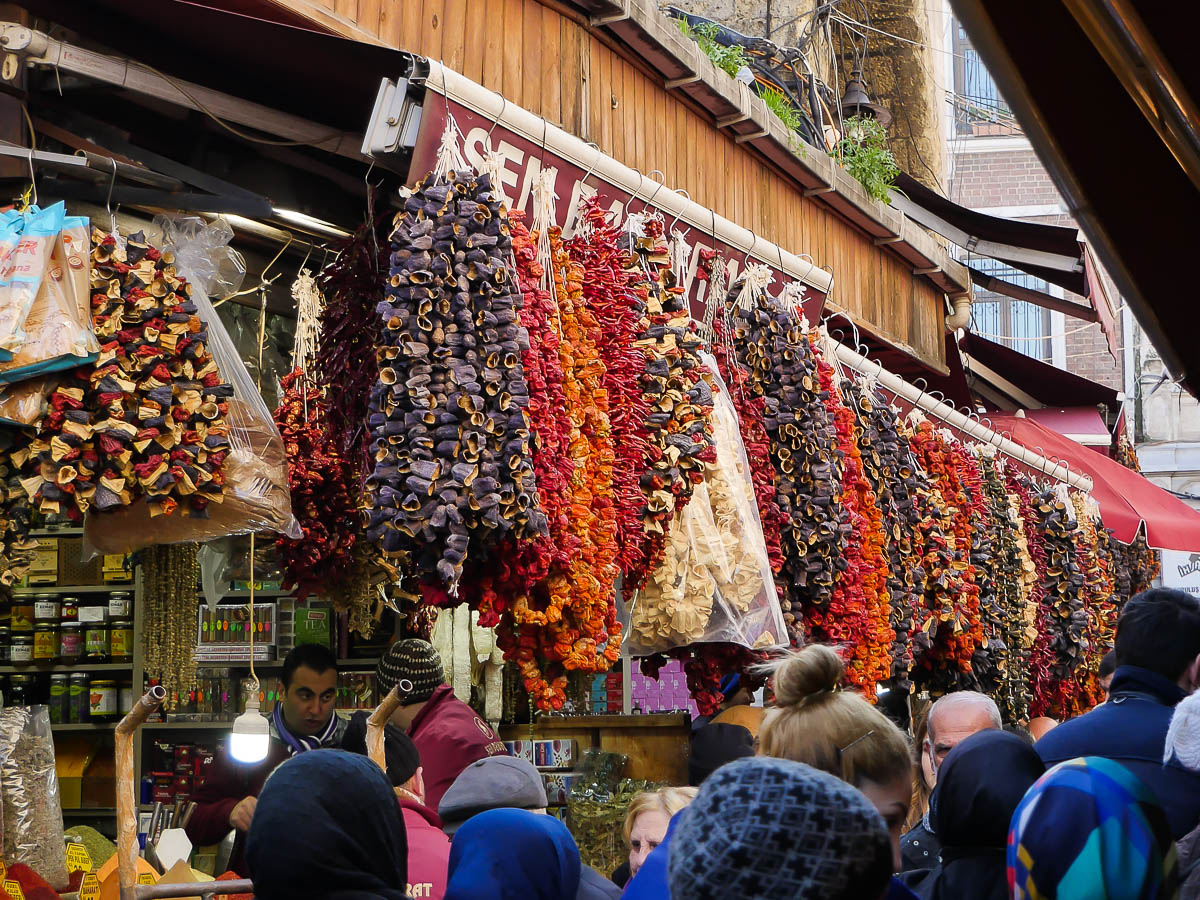
The filling is usually flavoured with pomegranate molasses, a favoured ingredient in the region. With Middle Eastern influences also apparent, this makes for a dolma that packs a bunch of flavour.
In the West, more gently flavoured dolmas are more common.
They often use fresh green peppers called “dolma peppers”. These look like a small bell pepper, but with very thin walls (thinner than romano peppers even).
The filling is rice based and often vegetarian, gently flavoured with lots of olive oil, dill, currants and pine nuts. These can be eaten cold.
These are but two versions of dolma that are very common in Turkey. Each region – even villages and households – will have their own specialities.
If it can be stuffed, dolma can be made out of it.
Which vegetables to use for Turkish dolma
Any vegetable can be used for making dolma, however fresh green pepper is the most common. In Turkey, these are widely available as “dolma peppers” and perfect for stuffing.
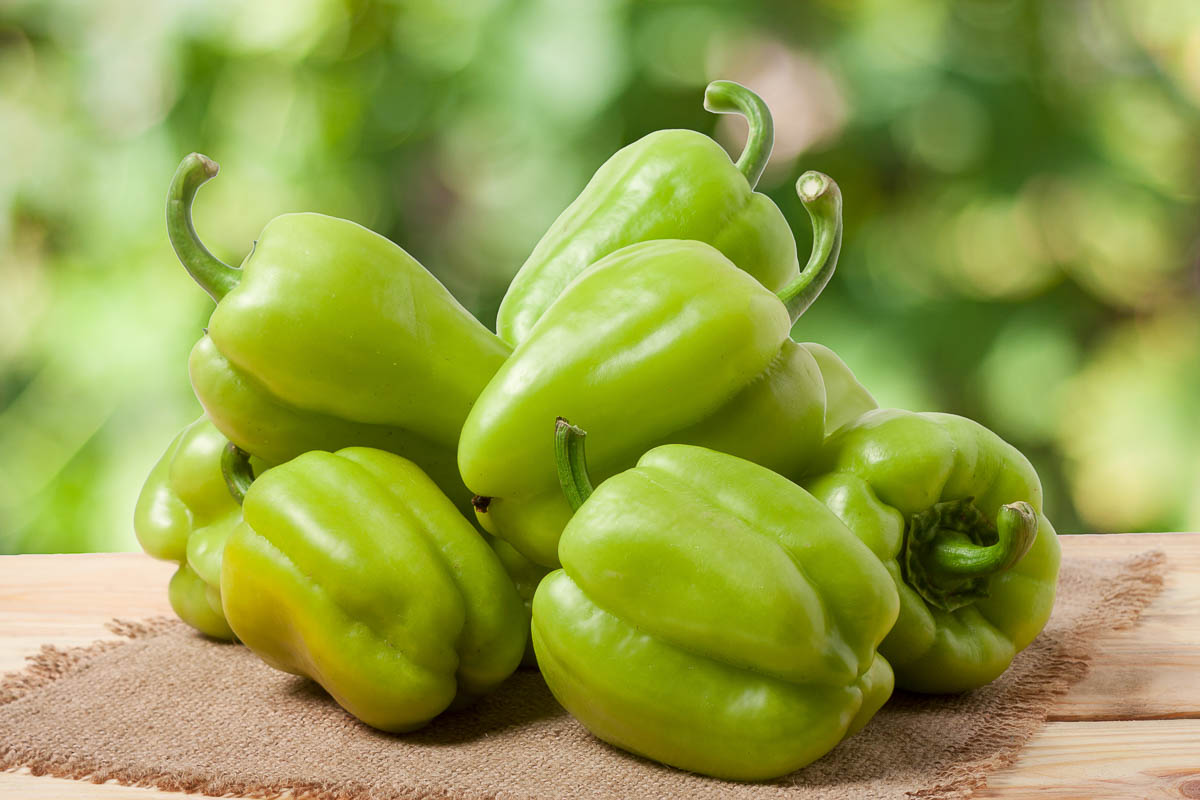
Other commonly used vegetables for classic dolma include onions and tomatoes. Courgettes are also commonly stuffed, but prepared in a different way and usually not referred to as dolma (though they can be).
In Eastern Turkey, dried vegetables are commonly used. Aubergine, tomato and hot chili peppers are most popular.
Turkish stuffings for dolma
In Turkey, there are usually two components of the substantial part of the filling.
The first is whether you use rice or bulgur. Rice is commonly used in most of the country, but bulgur is favoured common in the East.
The second is whether to add meat or not. Both versions with minced beef and vegetarian/vegan versions are common.
The meat versions usually build on the umami flavours with tomato paste and red pepper paste. This goes for both the rice and the bulgur versions.
Meatless versions with rice often have gentle flavours, like currants, onions, pine nuts and dill.
Meatless bulgur fillings are common in the East. These are often more strongly flavoured with ingredients like red pepper paste, pomegranate molasses and dried sour cherries.
How to make Turkish dolma with meat
The recipe below is for a vegetable dolma with a minced beef and rice filling. It’s based on a classic recipe and recognisably Turkish. The recipe is very easy to make, and I guarantee you it has lots of flavour.
The flavours are clean, but with an apparent Middle Eastern influence. A couple of warming spices add an extra layer of flavour.
Preparing the vegetables
To make them, you start by preparing the vegetables. You need to cut the top off the vegetables around the stem, then hollow them out. Make sure to remove any seeds and inner walls.
I like using a combination of vegetables. Green dolma peppers, tomatoes and regular bell peppers are a great combination. This allows for a bit of variation if someone would like to have more than one piece.
Since bell peppers are large, I prefer to halve them and fill them like “boats” instead of hollowing them out. This ensures the different vegetables cook evenly.
Preparing the filling
With your vegetables ready, you can make your filling. This is very simple as it doesn’t require any pre-cooking.
To make the filling, simply mix all the ingredients together. The meat should be raw, so make sure to clean your hands properly afterwards.
Stuff the vegetables with the filling, but make sure to leave a gap at the top. The rice will expand during cooking, so you need to allow space for this.
With your vegetables stuffed, place them in a pan that fits them all snugly.
Preparing the cooking sauce
The next step involves making a super simple sauce of tomato paste and hot water. This will, together with the vegetables, provide the liquid necessary to cook the dolmas.
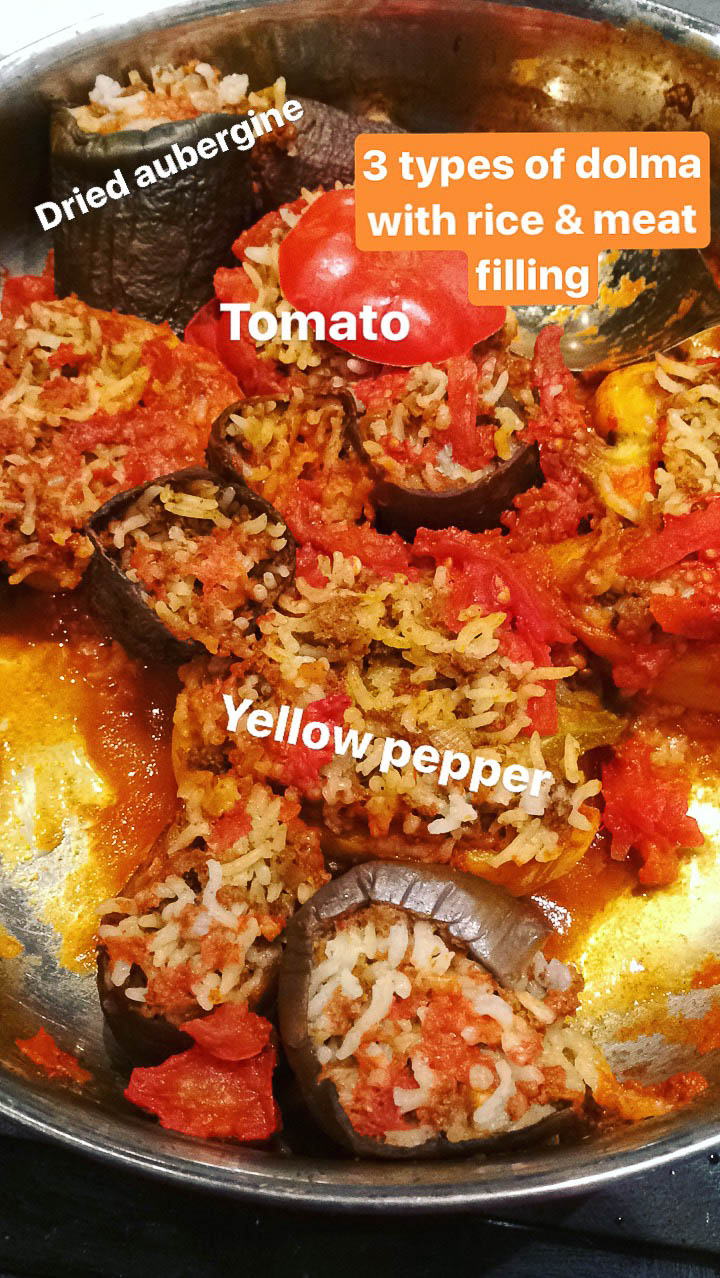
Cooking
I like to cook my dolmas the traditional way, on the stove.
I use a cast iron saute pan with a lid. The lid is important to trap the moisture so your dolmas will be properly cooked.
Make sure to use a very low heat setting. (You can up the heat a little in the beginning to get the pan hot, but make sure to turn it down as soon as the pan is hot.)
Alternatively, you can cook them in a medium hot oven. Make sure to cover your chosen oven dish properly with parchment, a lid or something else that is appropriate.
To make sure the dolma doesn’t cook dry, make sure to check a few times during cooking. Add a splash or two of water if necessary.
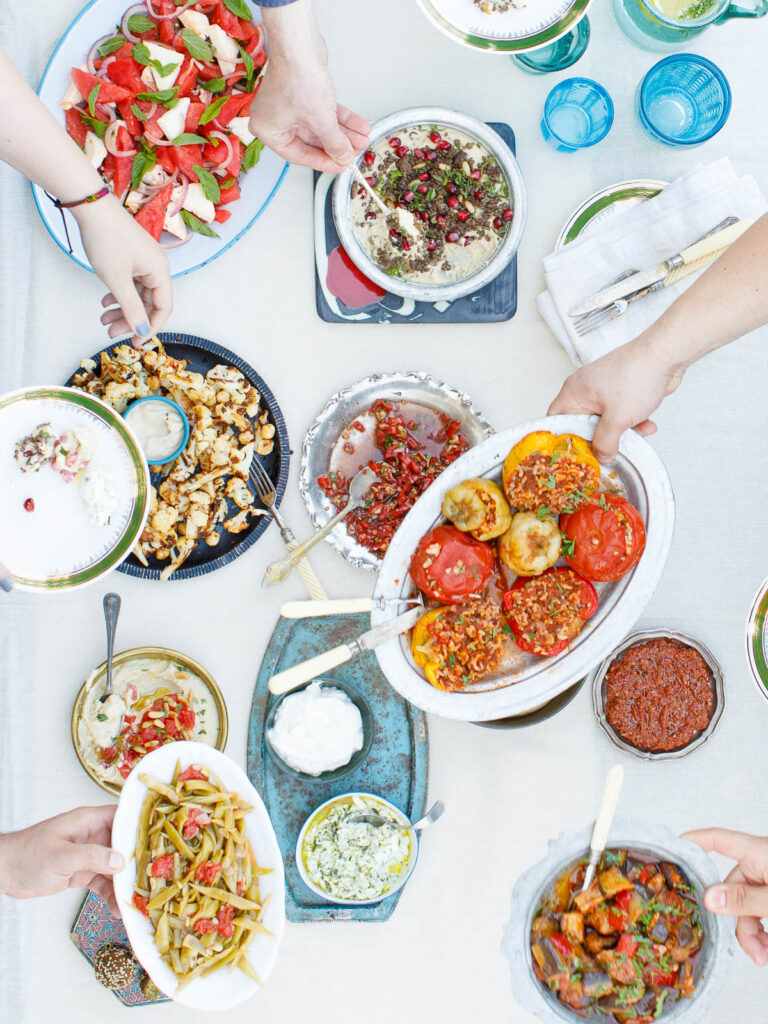
Serving suggestions
Dolma is excellent as part of a meze spread. You’ll need ½–1 dolma per person.
You can also serve dolma as a starter. I like to have a little runny yoghurt on the side. One dolma per person should be enough.
At home, we usually have dolma as a main course for dinner. We usually eat two or three each, and I like serving it with yoghurt and a big bowl of salad.
A shepherd’s salad is wonderful. Bread isn’t a bad idea, either.
If it’s not too hot, a small bowl of soup to start complements the main perfectly. And if it’s hot, why not a cold Turkish cucumber yoghurt soup?
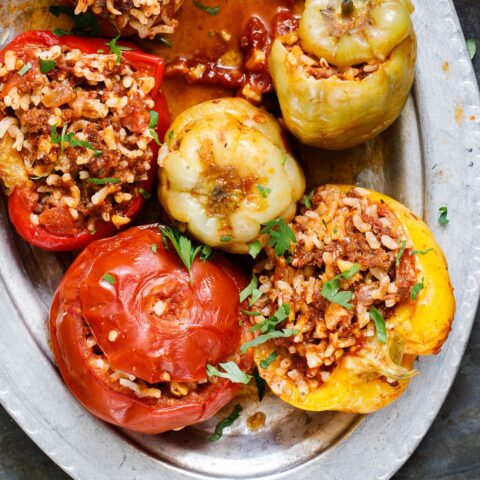
Turkish dolma with meat
Ingredients
- 8–10 vegetables for stuffing, I like a mixture of large tomatoes, Turkish green dolma peppers and regular bell peppers
- Greek yoghurt, to serve
For the stuffing
- 100 g rice (medium grain)
- 200 g minced beef
- 1 small onion, finely chopped
- 2 garlic cloves, finely chopped
- 1 Tbsp tomato paste
- 1 Tbsp olive oil
- 1 tsp pul biber (Aleppo pepper)
- 1 tsp paprika (sweet)
- ½ tsp ground allspice
- ½ tsp salt
- ¼ tsp black pepper
For the sauce
- 1 Tbsp tomato paste
- 3 garlic cloves, finely chopped
- 200 ml boiling water
- ½ tsp salt
- ¼ tsp black pepper
How I make it
- Prepare the stuffing vegetables.Tomatoes: Cut the top off and hollow out the tomatoes. Save the top and the tomato pulp. I like using 3 or 4 large tomatoes for this recipe, and peppers for the rest.Turkish dolma peppers: Cut the top off. Remove and discard the seeds and the white walls, but keep the top.Bell peppers: Halve lengthwise. Remove and discard the seeds and the white walls.
- Mix the ingredients for the stuffing until completely combined. I use my hands for this. Divide among the prepared stuffing vegetables, making sure to leave a 1–2 cm (½–1 in) gap at the top – the rice will expand during cooking. Put the top back on the tomatoes and Turkish dolma peppers (bell pepper halves can be cooked exposed). Place the vegetables in a pan that fits them snugly.
- Mix the ingredients for the sauce with any tomato pulp from step 1 until completely mixed. Add to the pan, making sure there is plenty of liquid around and on top of the vegetables.
- Cover the pan with a tight lid and place over a low heat. Leave to cook until the vegetables are completely tender and the stuffing is cooked through, 45 minutes or more. Check a few times during cooking to ensure the pan is moist, adding more water if needed to avoid the pan going dry.
- Take off the heat and leave, covered, for at least 20 minute. Serve warm, but not numbingly hot, with yoghurt.


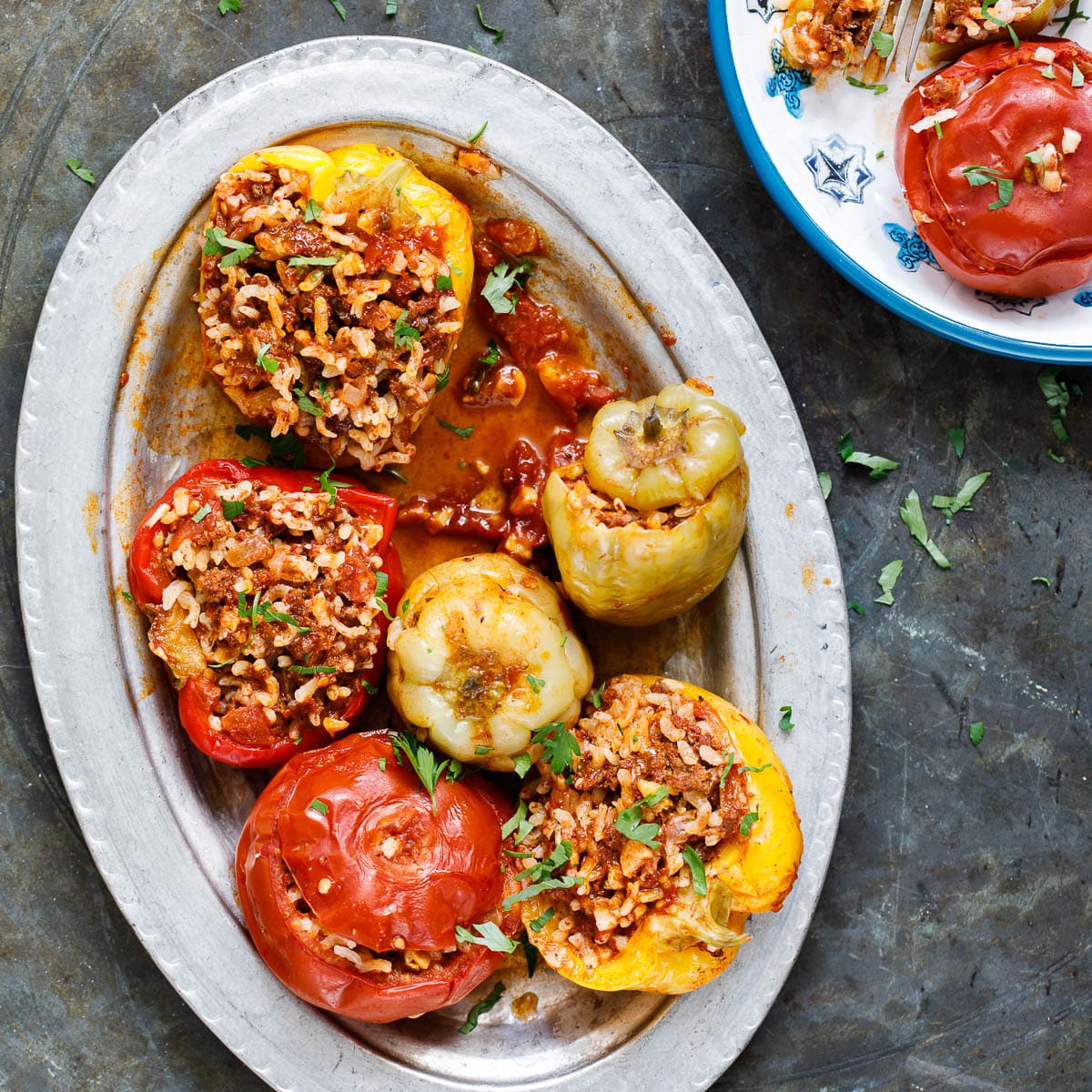


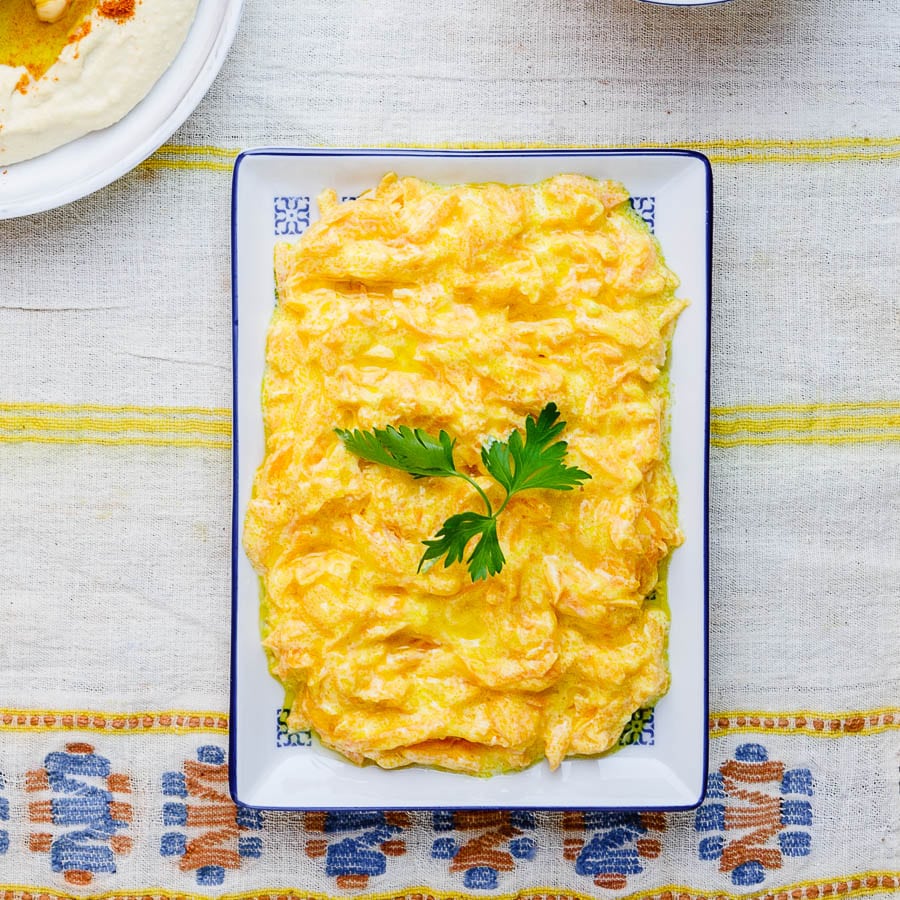
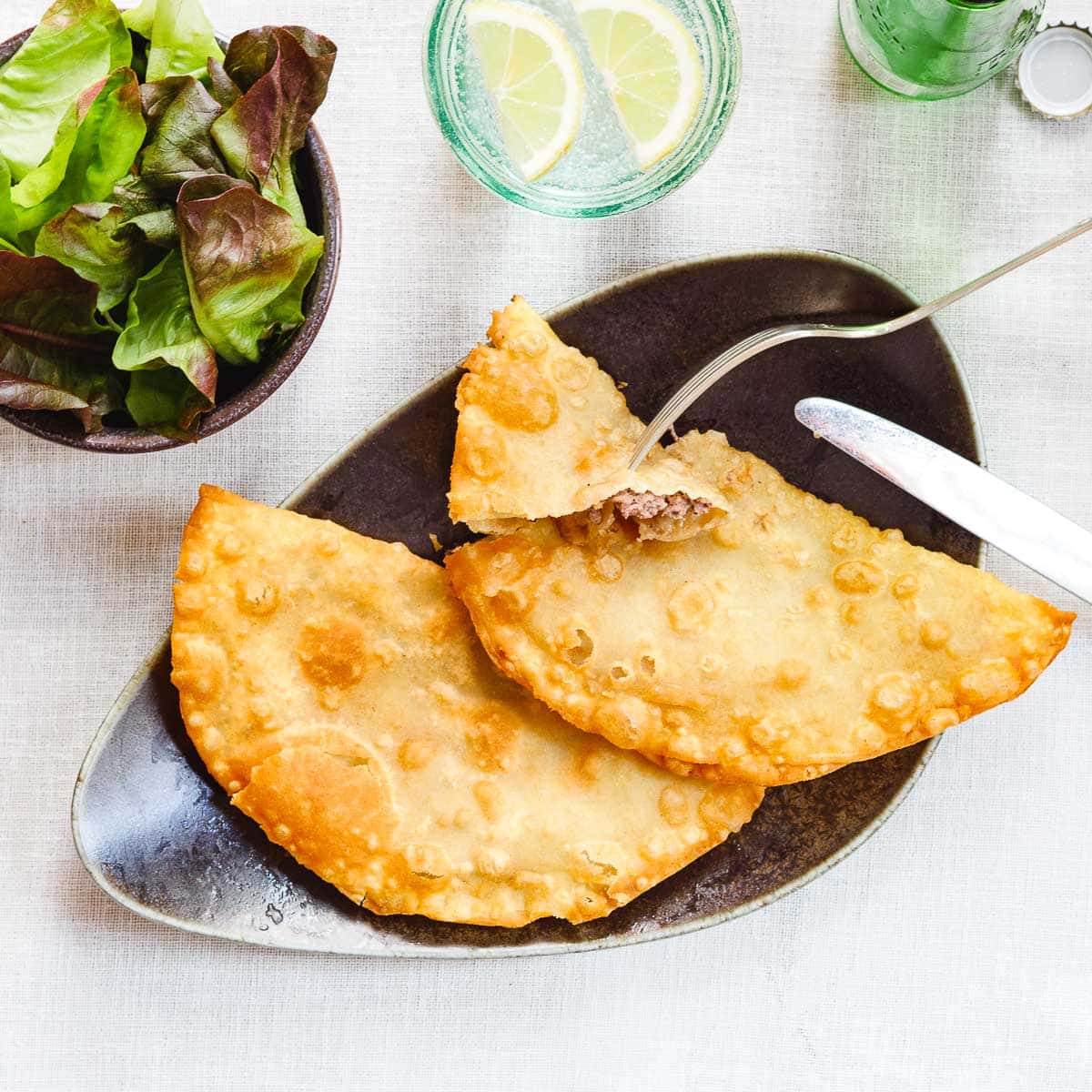
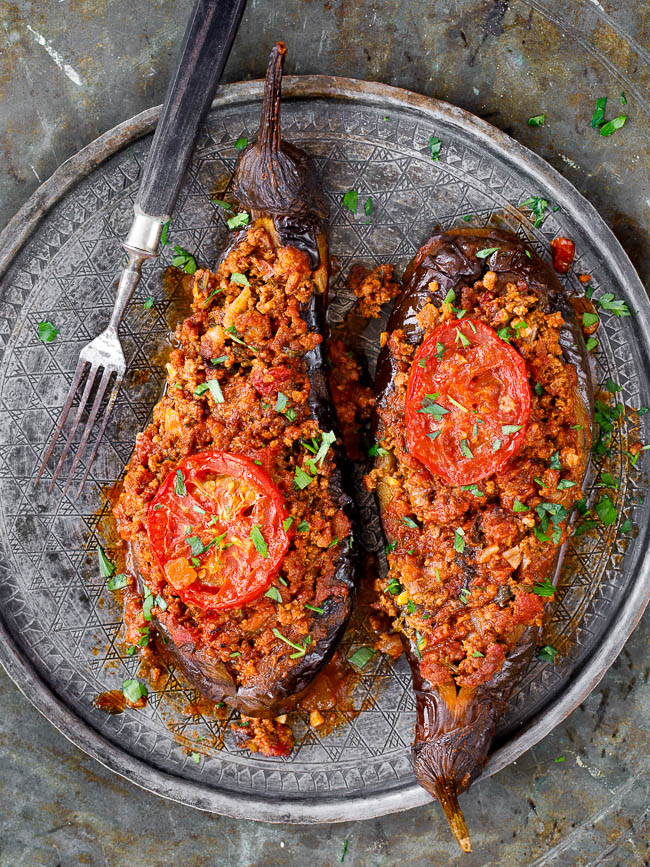
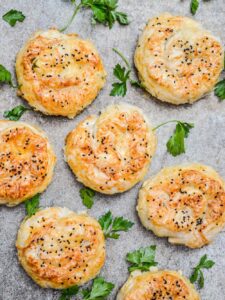
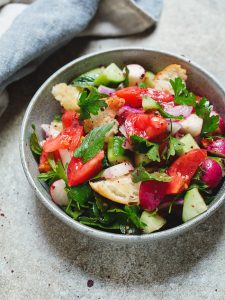
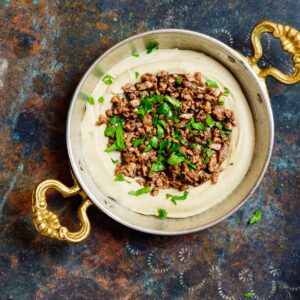




2 responses
In my region of Spain we have the more or less the same recipe, but we wrap the peppers in aluminium foil and bake them in the oven, upright. The sauce is also very similar, we mix it together with filling just before stuffing. I love your website and I will have to go out looking for Aleppo pepper :))
Very delicious ! Thank you for this nice receipt witch is for everyone the best taste in our family !
Your website have great photos and a nice description for you receipt ! Thank you for all and go on !